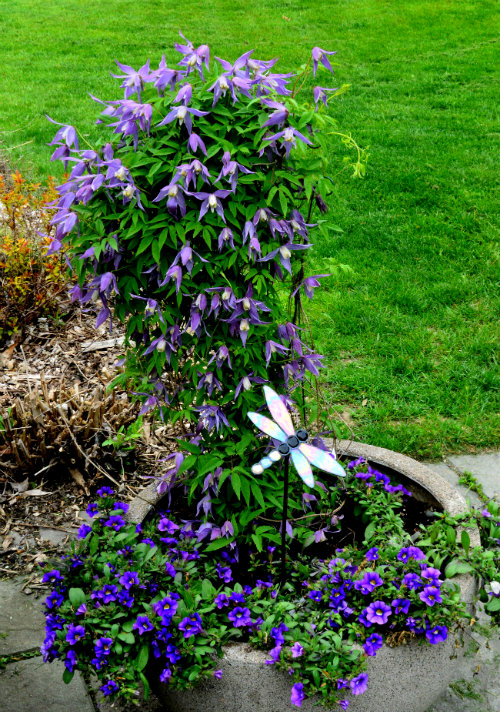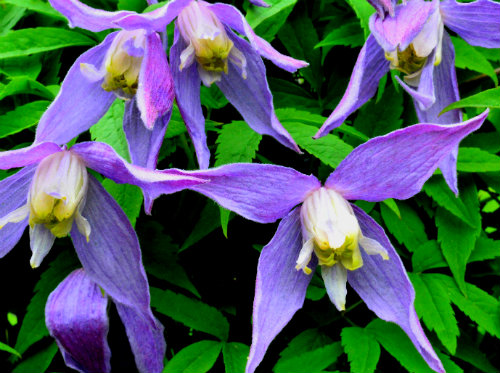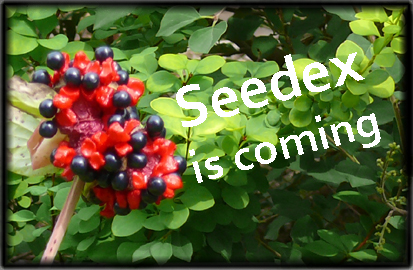(kor-ID-ah-liss NO-bil-iss)
General Information:
Carl Linnaeus, famous for developing the modern scheme of binomial nomenclature, received some incorrectly labeled seeds that turned out to be Corydalis nobilis. Decedents of these plants can still be found today in his preserved garden. In fact it is an early example of a non-native plant escaping from a garden and becoming naturalized in its new home. It is believed that all of the wild Corydalis nobilis growing in Finland and Sweden are escapees from Carl Linnaeus’ garden.
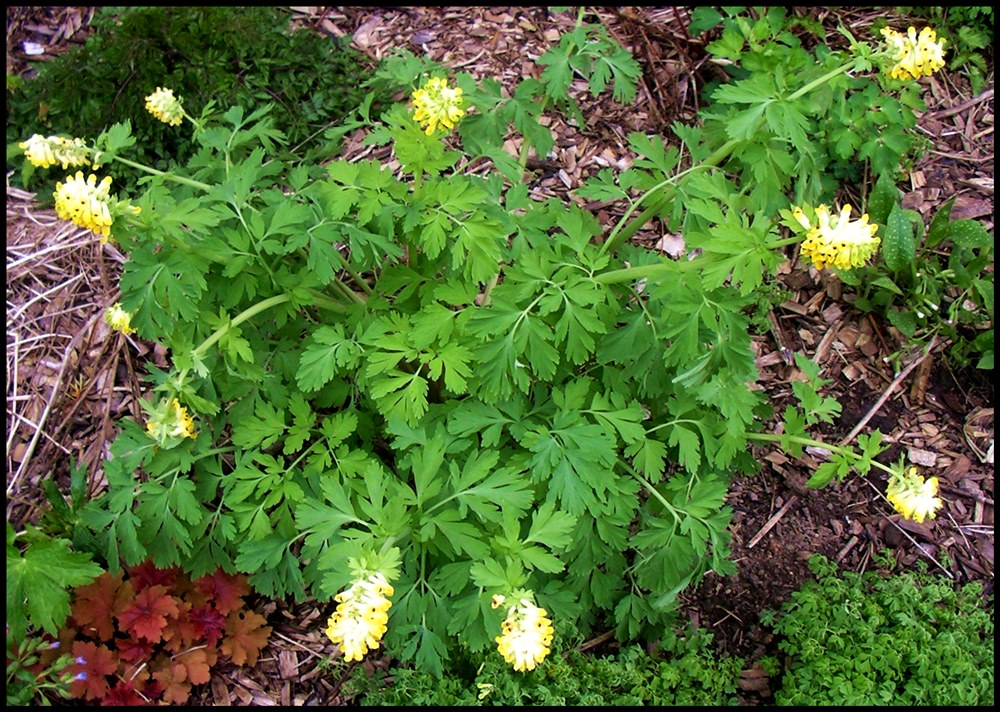
Corydalis nobilis; photo by Robert Pavlis
Corydalis nobilis, also called the Siberian corydalis, is a very special plant. It is one of the largest corydalis, and it is a reliable perennial in northern climates. Once established, which can take a couple of years; it is a reliable bloomer in the garden.
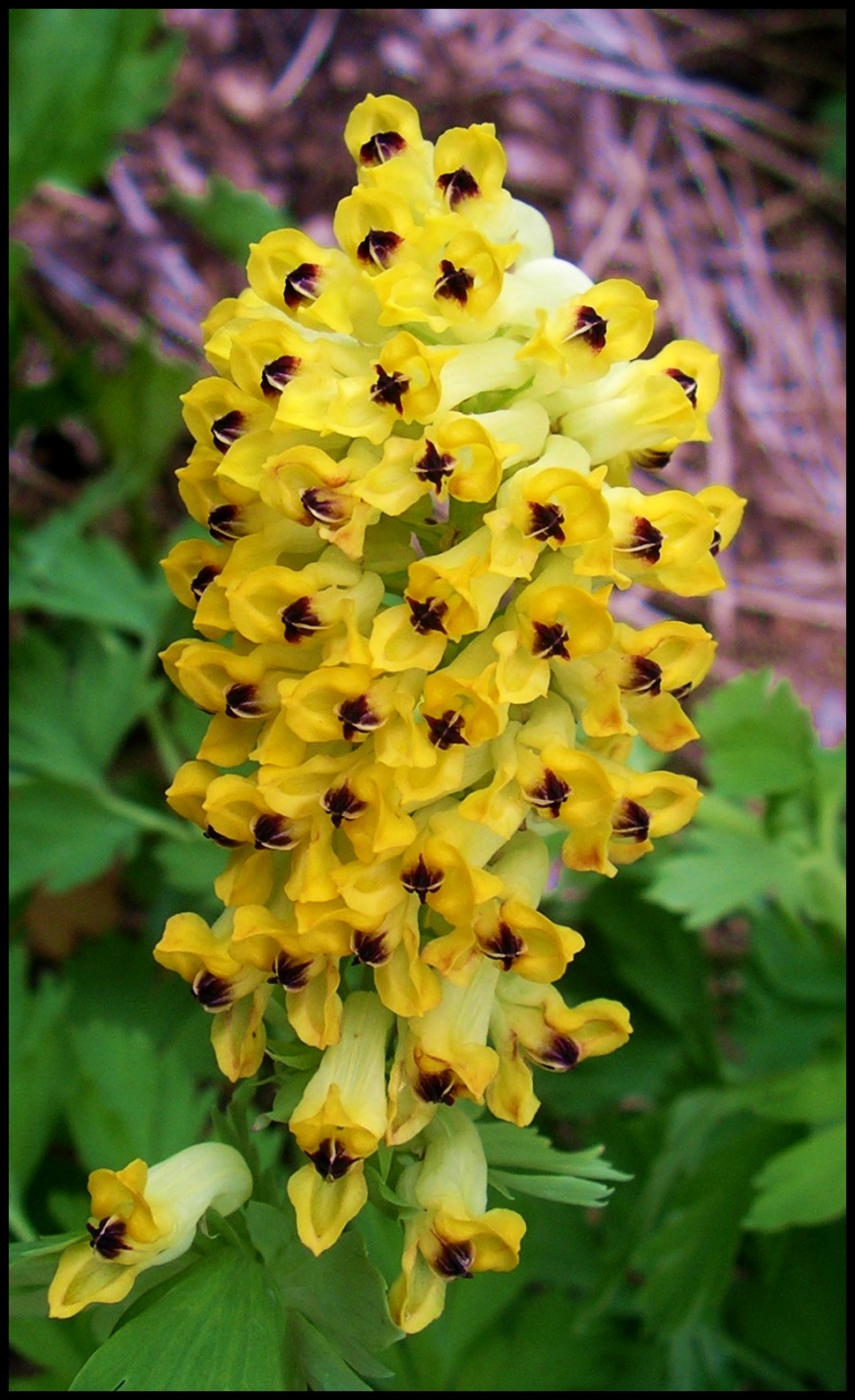
Corydalis nobilis; photo by Robert Pavlis
The flower is the main attraction partly because it is yellow and bright, but mostly because it has such an unusual shape. The inflorescence is very dense with up to 40 flowers. Each golden yellow flower has dark violet marking. Flowers last 2-3 weeks and have a spicy fragrance.
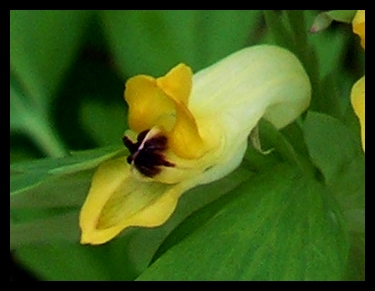
Corydalis nobilis; photo by Robert Pavlis
By mid-summer, the leaves have all died back, and the plant has gone underground for a rest allowing other later flowering plants to steal the show.
Life Cycle: perennial
Height: 60 cm (2 ft)
Bloom Time: spring
Natural Range: Siberia, Mongolia, China
Habitat: among shrubs, on rocky places, and in shady ravines
Synonyms: none
Cultivation:
Light: part shade to full sun
Soil: good drainage
Water: moist in spring, drier in summer
USDA Hardiness Zone: 3 - 8
Propagation: seed sown immediately, difficult by division in fall
Seedex availability (ORG&HPS annual Seed Exchange): occasionally

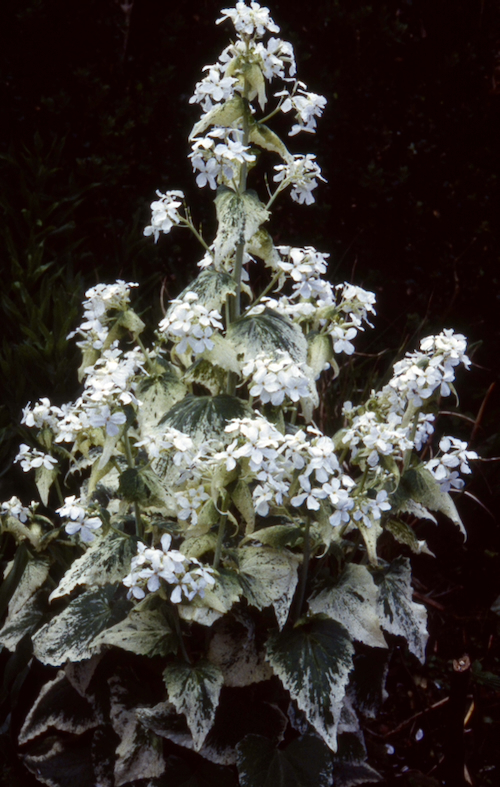


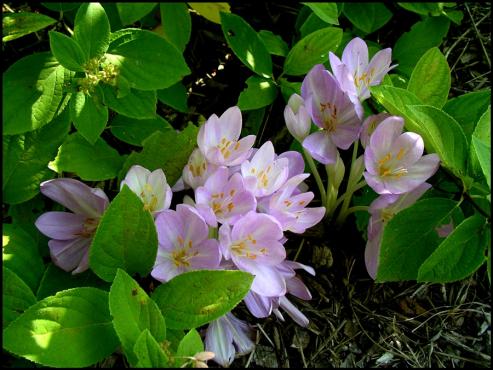
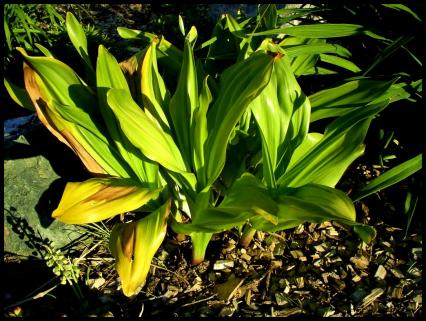
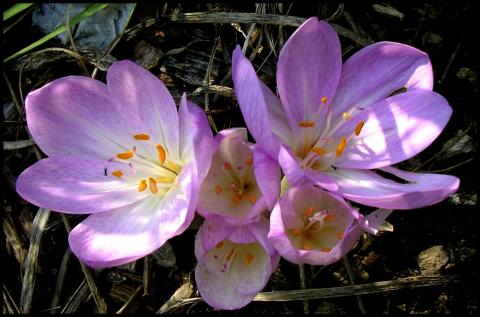

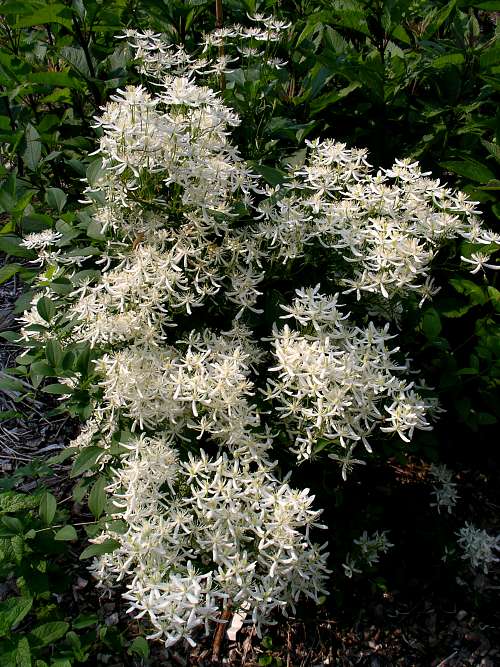
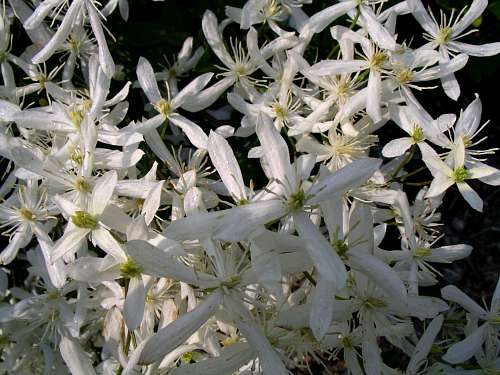

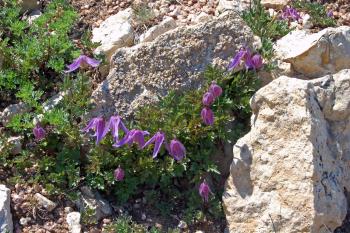
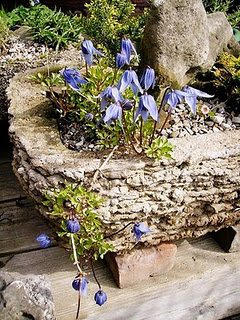
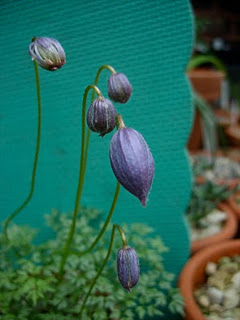 '
'
